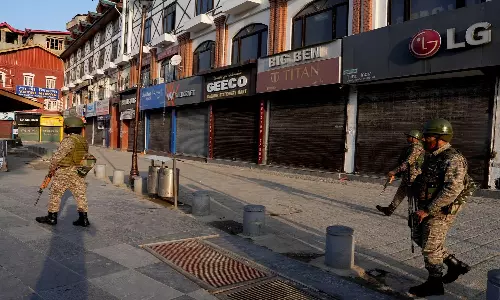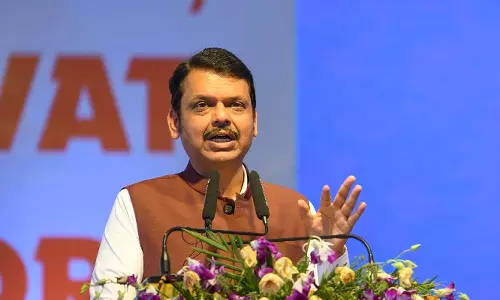Why the contempt notice?
Mr Gandhi erred in construing this as the Supreme Court agreeing with his charge of malfeasance in the Rafale deal.;

In a judgment last December, while rejecting a plea by three eminent citizens to order a court-monitored probe into the Rafale deal, the Supreme Court declined to go into the pricing aspect, which is at the heart of the matter. But it held that the laid-down procedures had been “broadly” followed.
This judgment of the bench led by Chief Justice Ranjan Gogoi caused the Prime Minister and others to declare that the Supreme Court had given them a “clean chit” in the Rafale matter. Was this wilful misrepresentation of the December 14 judgment? Should it have attracted contempt proceedings? Of course, it was self-serving misrepresentation. But quite rightly, no one jumped to the idea of “contempt of court”.
The use of the contempt law must be guided by a single concern — was there an attempt to scandalise the court or interfere with or prejudice judicial proceedings? The contempt notice issued against Congress president Rahul Gandhi by the CJI fails on these counts.
When a bench led by the Chief Justice agreed on April 10 to review its December Rafale judgment in light of published documents which revealed the mockery of procedures in the negotiations, the “clean chit” argument appeared hollow.
Mr Gandhi erred in construing this as the Supreme Court agreeing with his charge of malfeasance in the Rafale deal. When questioned by the court on a BJP leader’s plea, he expressed regret, citing the heat of the campaign. Wisdom demanded cautioning and letting the matter rest, as the bench had initially done: letting it be known that the court’s words should be quoted with care. Why the change?



